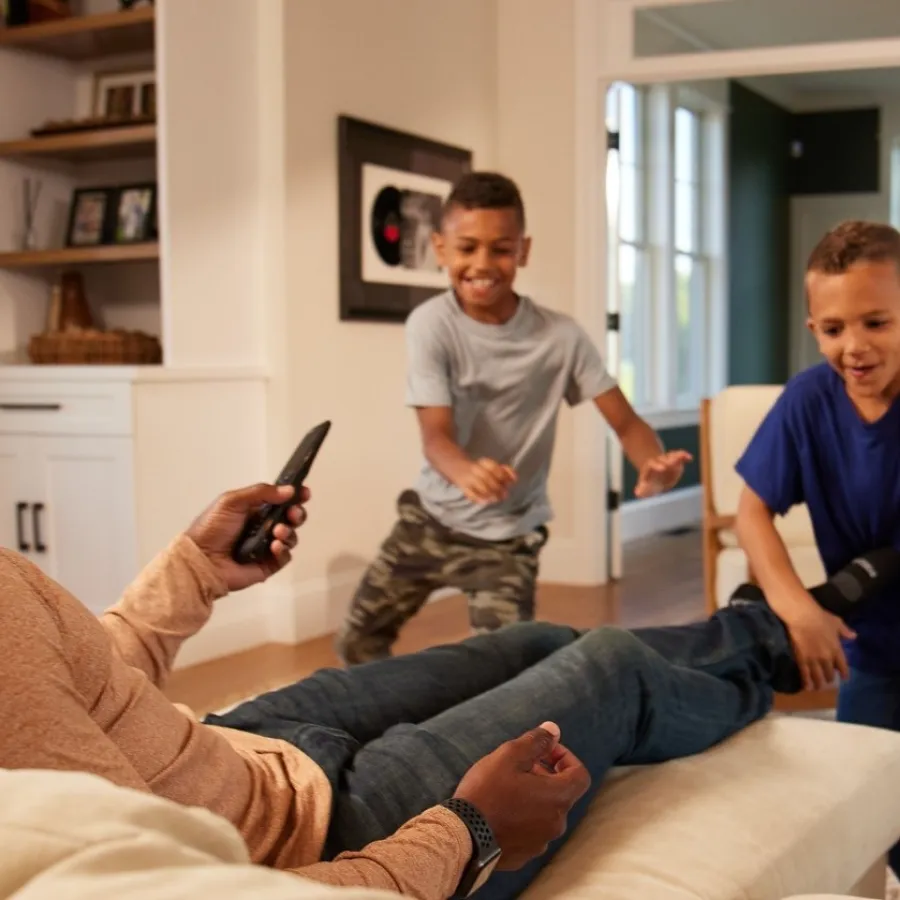
When it comes to indoor air quality, window treatments play a big role. They can be magnets for dust, pet dander, pollen, mold spores, and other common allergens. Window treatments may also absorb and hold odors. They’re usually expensive and highly susceptible to damage when cleaned improperly.
The best thing you can do for window treatments is to dust or vacuum often (either weekly or biweekly at a minimum). This will save time, expense, and risk when the time comes for annual or bi-annual deep cleaning.
If choosing the DIY route for cleaning window treatments, always check and follow manufacturers’ instructions to the letter. To help you prepare, here’s a quick rundown of what those instructions will likely say for various window-treatment types plus a few handy PRO tips sprinkled in:
Drapes. Dust regularly with a vacuum upholstery attachment, paying particular attention to folds and tops where dust tends to accumulate. Either once a year or at least bi-annually, take down and dry clean if the drapes are made from non-washable fabrics or feature complicated stitching, fancy trims, pleats, linings, brocades, tapestries, valences, and so forth. Even when fabrics are washable, be sure to color test to ensure they won’t run or fade and avoid heat drying, which can cause unwanted puckering around hems and other stitching.
Curtains/café curtains. Vacuum regularly, including tabs, grommets, hooks, and rods. Always check and follow manufacturer’s instructions before laundering and be sure to test for color fastness. Be especially careful when laundering sheer curtains, either hand or machine washing on a delicate cycle with mild detergent. Hang or lay flat to dry, and iron with steam or before curtains have dried completely.
Venetian blinds. Make dusting easier by slipping on a cotton or microfiber glove. A clean old sock will also work nicely. For vinyl blinds, you can use a mild cleaning solution with a damp cloth to remove caked-on grime. For wood-slatted blinds, avoid using water or any type of cleaning solution. To deep-clean vinyl blinds, remove and soak in a tub filled with warm water and a mild dishwashing soap; rinse and allow to dry thoroughly before rehanging.
Vertical blinds. Expand and turn the blinds completely in one direction. Vacuum each slat slowly and carefully working in a top-to-bottom direction; if vinyl or similar, use a soft-brush attachment, and if fabric, use an upholstery attachment for best results. Reverse direction of the blinds and repeat. Stains can be spot cleaned but be sure to test any stain-removal techniques in an inconspicuous area. Consider pro cleaning for anything more than simple dusting or spot-stain removal.
Roman shades. Vacuum from side-to-side with a soft brush attachment, paying particular attention to pleats and folds. Never vacuum without an attachment as too much suction can damage the fabric or cause Roman shades to lose their shape. At least once a year, either bring in a professional to deep-clean the shades in place or, if feeling adventurous, carefully remove all dowels and unthread the shades. For washable fabrics, either hand or machine wash (delicate cycle only with a mild detergent) and either hang or lay flat to dry. For dry-clean-only fabrics, be sure to let your dry cleaner know of any solutions you’ve used to spot-clean stains during regular cleanings.
Woven wood or bamboo shades. These are extremely delicate, so support the back of the shade with your hand and either dust with a microfiber cloth or vacuum gently from side to side, using only a soft brush attachment. Never apply water or cleaning solutions.
Cellular (honeycomb) shades and pleated blinds. Microfiber is your friend here as it lifts dust away. Or, you can vacuum using a soft brush attachment only. Never vacuum with no attachment as too much suction can pull the cells out of shape. Spray compressed air (the kind used for cleaning keyboards and inside computers) into the cells to blow out dust and any dead bugs that have accumulated inside. Spot-clean stains by blotting with a damp cloth and a few drops of a mild, colorless dish soap. Avoid rubbing, and either blot with a dry towel or use a hairdryer on low setting to prevent water stains or folds from falling out. Never submerge in water, which would cause the shades to lose their shape entirely.
Decorative interior shutters. If made from real wood, treat as you would any fine wood furniture or floor. Dust with a microfiber duster or vacuum only with a soft brush attachment. Avoid using wood dusting or polishing sprays as these can trap dirt and grime, causing long-term wear and tear. Also avoid using water or liquid cleaners as these can stain or cause warping. If shutters are made from synthetic materials, they will likely withstand a bit of damp-cloth dusting with a mild detergent to remove stains.

